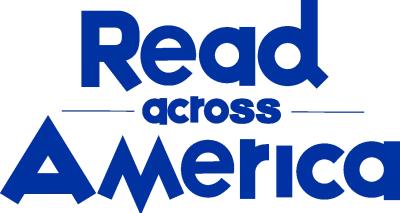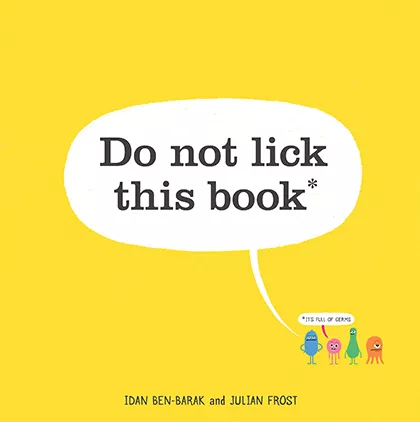Celebrate a nation of diverse readers with these recommended books, authors, and teaching resources.
Join us
How to Teach This Book
- After reading, reinforce that point by choosing several students to “share” some “germs.” Have these students put lotion on their hands then sprinkle glitter into their palms. Spread these “germs” by having students pass objects to other students. After a minute or so, have everyone gather together to assess where the “germs” have gone. Talk about what students can do to prevent germs from spreading, discuss good hand washing techniques, and then have everyone wash up!
Questions for Discussion or Reflective Writing
- Where are some places that microbes live?
- Why do you think microbes come in different shapes?
- What do microbes do?
- How do microbes help us?
- What would your life look like without microbes?
Additional Resources for Teaching About Hygiene
- Do Not Lick this Book Activity Guide from Roaring Brook Press
- Teacher Tips for Do Not Lick this Book from Allen & Unwin
- K-12 Microbiology Lesson Plans from the American Society for Microbiology
- American Museum of Natural History: Microbiology Stuff
- National Geographic Kids: Awesome 8 Things Living On, In, and with You
- Earth’s worst extinction may have been caused by a tiny microbe by Los Angeles Times, adapted by Newsela
- Fruits, vegetables — and dirt — will keep kids healthy by Chicago Tribune, adapted by Newsela
- Smithsonian Channel: The Microbes We’re Made Of
- Reading Is Fundamental support materials
Celebrate a nation of diverse readers with these recommended books, authors, and teaching resources.
More Titles to Try
Are you an affiliate?
Jump to updates, opportunities, and resources for NEA state and local affiliates.

Education News Relevant to You
We're here to help you succeed in your career, advocate for public school students, and stay up to date on the latest education news and trends. Browse stories by topic, access the latest issue of NEA Today magazine, and celebrate educators and public schools.
Stay Informed We'll come to you
We're here to help you succeed in your career, advocate for public school students, and stay up to date on the latest education news. Sign up to stay informed


